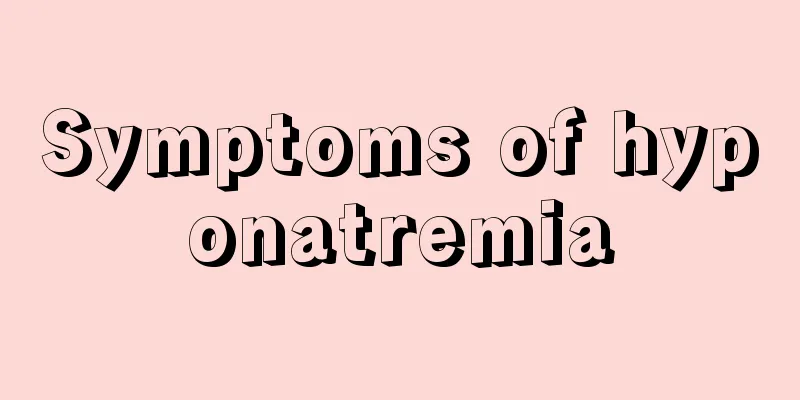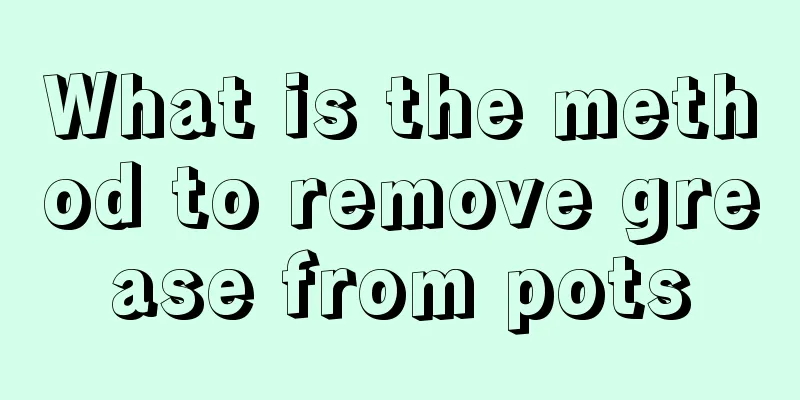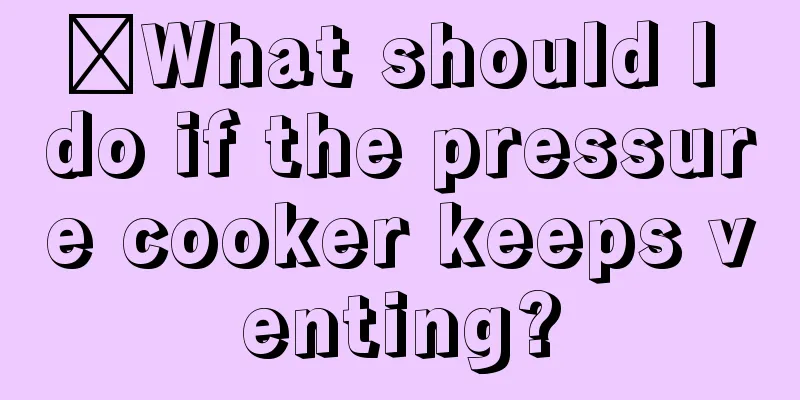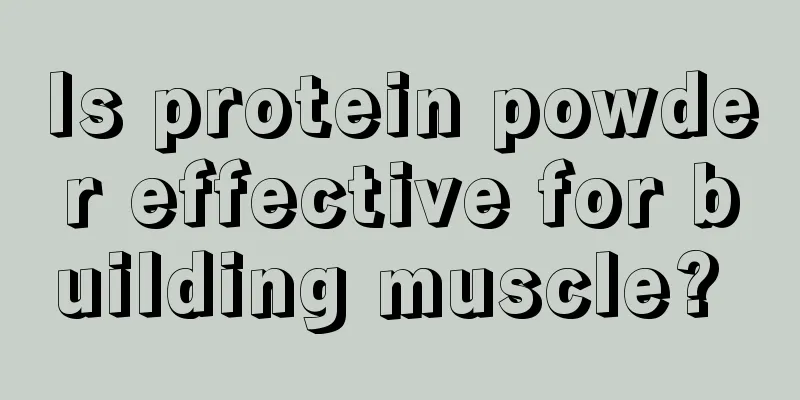Symptoms of hyponatremia

|
People are bound to suffer from various diseases in their daily lives, and different diseases will bring different symptoms to the human body. Hyponatremia is a disease that the human body is more prone to. Suffering from this disease will cause symptoms such as nerve damage, muscle cramps, gastrointestinal discomfort or headaches. In severe cases, it can also cause death. Below is a detailed introduction to the symptoms of hyponatremia. Typical symptoms The clinical manifestations and severity of hyponatremia depend on the rate at which blood Na+ and blood sodium decrease. When blood Na+ is above 130mmol/L, it rarely causes symptoms. When Na+ is between 125 and 130 mmol/L, gastrointestinal symptoms occur. When the blood sodium drops below 125mmol/L, cerebral edema is likely to occur. The main symptoms at this time are headache, drowsiness, muscle cramps, neuropsychiatric symptoms and reversible ataxia. If cerebral edema worsens further, brain herniation, respiratory failure, and even death may occur. [Other symptoms] If hyponatremia occurs within 48 hours, it is very dangerous and can quickly cause convulsions, coma, respiratory arrest or death, which can result in permanent neurological damage. [Diagnosis basis] 1. Based on clinical manifestations and determination of electrolytes such as blood sodium. 2. Hyponatremia in patients with low body volume is mainly caused by absolute or relative lack of body fluid. Low or falling blood pressure, poor skin elasticity, and laboratory tests showing a slight increase in blood urea nitrogen and creatinine all support the diagnosis. Symptomatic treatment] 1. Treatment goal of acute hyponatremia: to increase blood sodium by nearly 10 mmol/L or to 120-125 mmol/L within a short period of time (4-6 hours). Over the next 24 to 48 hours or longer, serum sodium concentration gradually returns to normal. 3% sodium chloride solution can be dripped intravenously, and diuretics can be injected at the same time to accelerate the excretion of free water, restore blood Na+ more quickly, and avoid excessive volume. 2. For chronic asymptomatic hyponatremia, the first step is to find the cause of hyponatremia and then treat it accordingly. For patients whose cause cannot be eliminated temporarily, measures such as limiting water intake and inhibiting ADH release to increase solute intake or excretion can be adopted. Chronic symptomatic hyponatremia is treated with sodium supplementation and diuretics to increase free water excretion. 3. Sodium-losing hyponatremia is common in gastrointestinal and renal sodium loss. Treatment is mainly with sodium supplementation. For mild cases, only saline or sodium chloride tablets can be taken orally, and water should be drunk to restore blood volume. In severe cases, normal saline or high-concentration saline is given intravenously. It should be noted that such patients should not be given glucose water, otherwise hyponatremia will be aggravated. [Drug treatment] 1. Treatment goal of acute hyponatremia: to increase blood sodium by nearly 10 mmol/L or to 120-125 mmol/L within a short period of time (4-6 hours). Over the next 24 to 48 hours or longer, serum sodium concentration gradually returns to normal. 3% sodium chloride solution can be dripped intravenously, and diuretics can be injected at the same time to accelerate the excretion of free water, restore blood Na+ more quickly, and avoid excessive volume. 2. For chronic asymptomatic hyponatremia, the first step is to find the cause of hyponatremia and then treat it accordingly. For patients whose cause cannot be eliminated temporarily, measures such as limiting water intake and inhibiting ADH release to increase solute intake or excretion can be adopted. Chronic symptomatic hyponatremia is treated with sodium supplementation and diuretics to increase free water excretion. 3. Sodium-losing hyponatremia is common in gastrointestinal and renal sodium loss. Treatment is mainly with sodium supplementation. For mild cases, only saline or sodium chloride tablets can be taken orally, and water should be drunk to restore blood volume. In severe cases, normal saline or high-concentration saline is given intravenously. It should be noted that such patients should not be given glucose water, otherwise hyponatremia will be aggravated. |
>>: How are eye wrinkles formed
Recommend
Can gout patients eat chicken essence and MSG?
Gout is a relatively common disease. Many patient...
I have been having a dull stomach ache lately. What's going on?
Many people have experienced stomach pain, and th...
Are yoga slimming pants useful
In order to lose weight, in addition to paying at...
What to do if there is half a pepper in the lungs causing inflammation
Normally when we eat, we may accidentally inhale ...
Nursing of dry retching after esophageal cancer surgery
Esophageal cancer is mainly treated with surgery,...
Skin cancer patients must pay attention to early symptoms in time
Skin cancer is a serious tumor disease that can c...
What is the correct posture for walking feet
When many people see this title, they will defini...
What to eat for cervical precancerous lesions? Diet therapy for cervical precancerous lesions
Cervical cancer is one of the common malignant tu...
What are the symptoms of advanced lung cancer? Six dietary taboos for advanced lung cancer
Lung cancer is a malignant tumor that poses a gre...
Eating smoked meat frequently can increase the risk of stomach cancer
Gastric cancer is one of the most common malignan...
What kind of early symptoms of bone cancer do patients usually suffer from
We call orthopedic tumors bone cancer. In fact, b...
What are the symptoms of hormone-dependent dermatitis?
Glucocorticoid-dependent dermatitis is a particul...
What are the dangers of encephalitis?
Encephalitis is a disease that is quite harmful. ...
What should I do if I have eczema on my hands?
Eczema is a common skin inflammation that can dev...
The last symptoms of gallbladder cancer
There are many situations and characteristics of ...









